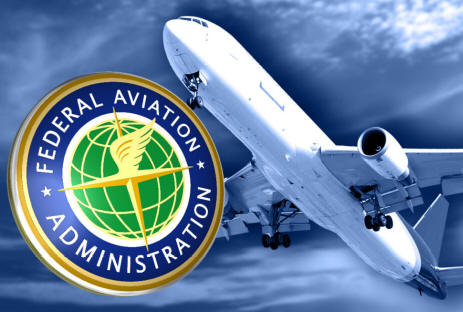|
|
|
FAA
Needs To Do A Better Job At Mitigating Effects
Of Major System Disruptions |
| |
January 11, 2017
- The Federal Aviation Administration (FAA)
operates a vast network of facilities and
communication, navigation, and surveillance
equipment for managing air traffic throughout
the United States. In recent years, the FAA has
experienced several major system failures that
required individual air traffic control
facilities to declare “ATC-Zero,” which means
the inability to provide any air traffic control
services.
In response to a congressional request, DOT’s
Office of Inspector General (OIG) conducted an
audit on FAA’s ability to manage air traffic
control disruptions that arise in the National
Airspace System. OIG found that while the FAA
has taken steps to improve the effectiveness of
its operational contingency plans, significant
work remains. |
|
 |
The FAA’s air
traffic facilities are not fully prepared to
respond effectively to major system disruptions,
in part because the Agency lacks the necessary
training for its controllers and the required
redundancy, resiliency, and flexibility for its
key air traffic control infrastructure.
Many of the new technologies and capabilities
that can improve the continuity of air traffic
operations will not be available for years, and
the Agency’s procedures for updating contingency
plans remain incomplete.
While the Agency has established new
requirements for transferring airspace and air
traffic control responsibilities to other
facilities, those plans are not ready to be
fully implemented. The FAA also does not have an
effective method for sharing operational
contingency plans and lessons learned with its
internal and external stakeholders.
The Agency concurred with all eight of OIG
recommendations to improve FAA’s ability to
respond to air traffic control disruptions.
Recommendations to the FAA; |
|
|
